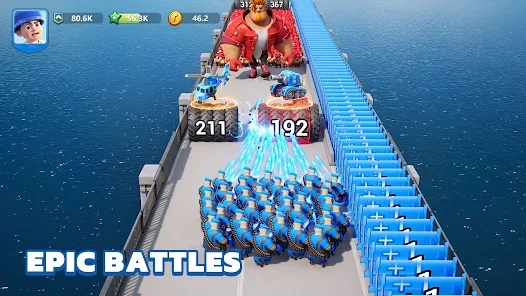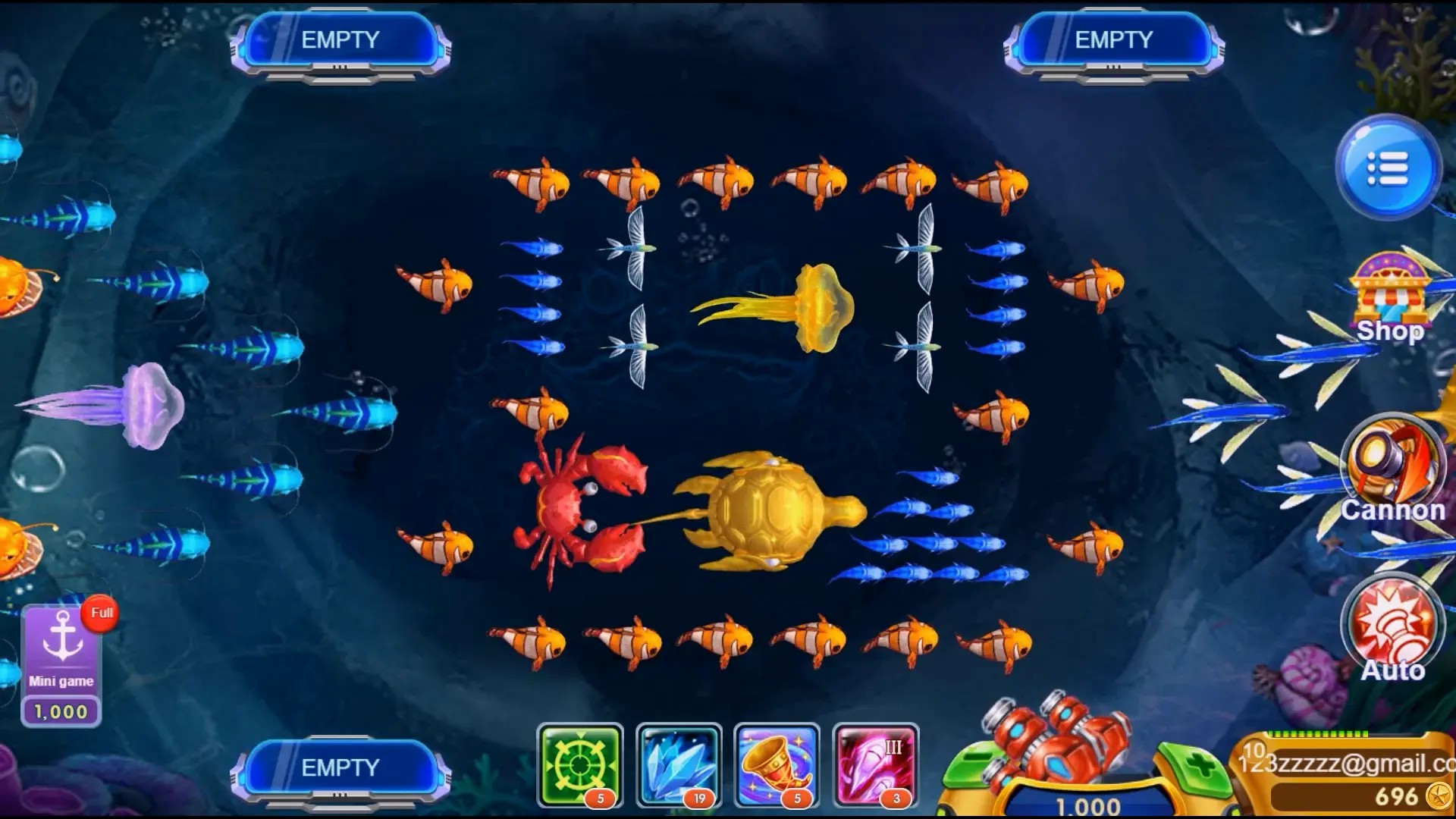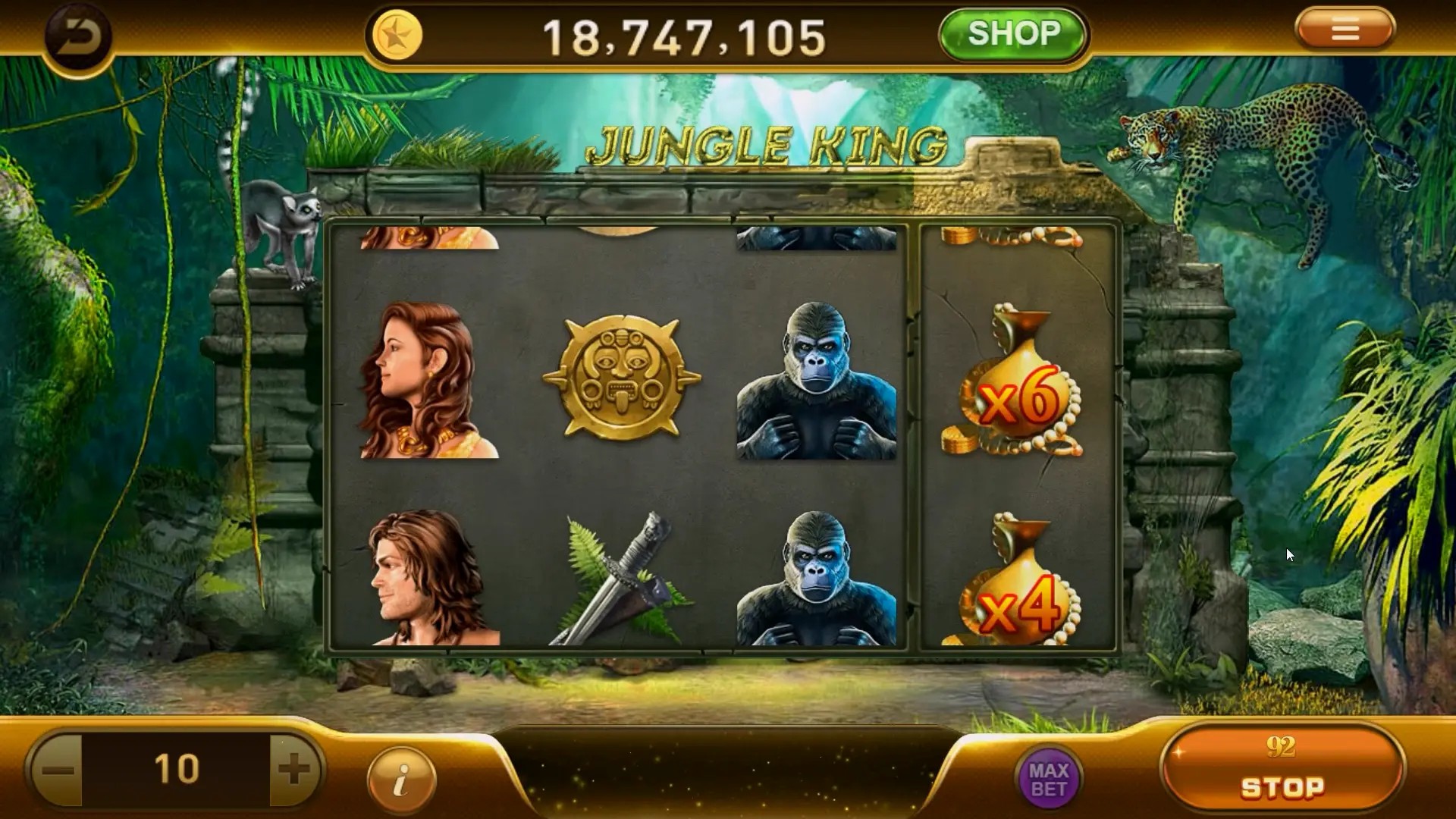Casual gaming is a booming sector where simplicity meets engagement. As we step into the evolving landscape of mobile gameplay, one category standing out is idle games, or passive gaming. But why are these "games that do nothing," as many see them, rising so fast on casual platforms? The year is 2024, and what seemed like a niche trend a few years ago—endless clicking or automated systems—is now dominating the charts.
The Quiet Revolution in Gaming
Few could have predicted that tap-to-play titles or games running autonomously would take over millions of screens globally, but here we are. Titles like “Clash of Clans Best Builder Hall 6 Base", while not strictly an idle concept, showcase the appeal behind incremental improvements—a principle deeply rooted in idle game mechanics.
- Daily passive reward loops enhance long-term engagement.
- Limited user interaction fits into fragmented free time during busy schedules.
- Accessibility encourages diverse player demographics to join effortlessly.
Mental Health Considerations
Gamers often seek refuge from real-life stressors. The non-intrusive nature of idle gameplay makes this genre ideal for users wanting relaxation alongside a digital distraction. No urgency means no anxiety—just smooth progression without pressure points found in high-stimulation genres like survival or strategy-based apps such as "Dothan Survival Games."
| Factor | Avg Idle Sessions/min/day | Stress Rating (1–10 scale) |
|---|---|---|
| High-Stim Game Users | 8 | 7.5 |
| Low-Collision Experience (i.e., click-only) | 29 | 2.2 |
*Data estimated from self-reported studies.
The Evolution of Reward Structures
Games once focused heavily on milestones or combat-driven experiences. However today's players prioritize autonomy through micro-rewards—an approach embraced by countless idle titles where progress feels satisfying even when you’re away.
- Background leveling systems increase retention rates exponentially versus linear play.
- "Check-ins" once daily reinforce habit-forming cycles akin to real-life productivity practices but wrapped with entertainment elements making the habit fun not forced.
- Evolving reward visuals keep curiosity alive longer than static unlocks offered in standard formats which fade after novelty ends
User Interface and Accessibility Design Advancements
Tech Optimization and Cross-Platform Adaptability
Developers optimize idle experiences for minimal resource use, making them ultra-light on devices. Older Android handsets still get regular updates. Web counterparts mirror app behavior allowing access without downloads—a major selling point when targeting markets with spotty connectivity issues like Poland, a region growing faster in idle engagement year-over-year compared against global averages.
Pricing & Monetization: The Sweet Spot
No other segment balances freemium and paid conversion strategies better. Most idle releases adopt optional premium features rather than force upfront payment, creating inclusive ecosystems benefiting all income backgrounds. Ads remain unobtrusive unless actively clicked—a design difference many players appreciate.
Here’s how monetization plays out vs traditional styles:
| Traditional Models | Idle Model |
|---|---|
|
|
|
| Upfront Costs | $4–$8 App Purchase before full trial possible |
| Post-launch In-app Purchases | Often mandatory after 15 mins — creates fatigue earlier than expected |
*Table depicts contrasts between common mobile strategies before 2020.
Kye Point Highlight:
Idle relies less on push mechanics forcing action but rather leans into voluntary exploration encouraging repeat interactions over short-burst dependency tactics
.
Social Dynamics of Passive Participation Networks
- No direct competition required unlike ranked ladders typical among FPS/RTS subgenres.
- In-app communities focus around shared goals and exchange instead of head-on rivalries
- Farm-building simulators like Township allow gifting resources reinforcing friendship connections via asynchronous playstyles
If your friends log in every morning exchanging rare goods but you don’t feel left out due to flexible participation—it fosters community bonds beyond hardcore PvP setups
Battle Royales Are Intense. This Ain't That.
The contrast speaks clearly: whereas survival scenarios such as “<p> draw players looking for adrenaline-fueled moments filled with danger and quick reflexes, idle offers opposite energy. It invites those overwhelmed from high-octane realities outside games a safe, soothing experience they carry anywhere in just two taps.
The Rise of Narrative Depth
 |
Narrative Integration Example: | Invisible Upgrades unlock character backstories over days encouraging patience over rush decisions. |
Customizing Your Own Automation Style?
One-size rarely works especially in creative spaces—and developers noticed early idle adopters wanted control options beyond basic on/off automation toggles. Some recent hits introduced adjustable wait periods, tiered reward types based upon activity frequency—this personalization drives engagement spikes significantly over cookie-cutter structures implemented prior to 2022 trends
Gaming as Therapy – A Hidden Driver Behind Growth
Psychiatry experts highlight increased interest in using low-engagement games for mental wellness programs since 2021. Their research links extended sessions (even if brief per login attempt) with elevated moods particularly within younger audiences struggling with work-life balance expectations common inside modern corporate landscapes in Europe’s mid-sized cities like Wrocław and Gdańsk where commuting adds additional pressure
Final Thought On The Shift Toward Passive Play Experiences
Conclusion & What’s Next For The Casual Sector
The key findings indicate:
Rapid Growth Across Regions Including Niche Territories Previously Dominated By High-Skill Genres Like Strategy Or Battle Royale Formats Have Shifted Focus Onto Relaxation Through Minimal Inputs And Longevity Of Engagement Loops Over Flashier Mechanics Not Suited For Daily Habitual Play Scheduling Demographics Favoring Female Players Increased Significantly Compared Versus Traditional RPG Mobile Titles Which Require Consistent Interaction And Often Demand More Emotional Resiliency During Competitive Matches Against Unknown Opponents Real Money Integration Remains Balanced Between Voluntary Upselling Techniques Vs Pressure Based Systems Found More Amongst Casino-Themed Or Premium Subscription Services Within Mobile Ecosystems Last Year Alone Saw More Launches Featuring Auto-Upgradable Environments Coupled With Socially Driven Sharing Features Which Encouraged Group Bonding Beyond Standard Matchmaking Frameworks Common Among Shooter Categories
As development tools evolve further expect greater hybrid integrations combining idle fundamentals with richer simulation dynamics without sacrificing ease of entry that currently sets its apart from rest of the casual spectrum today.
|
|---|



